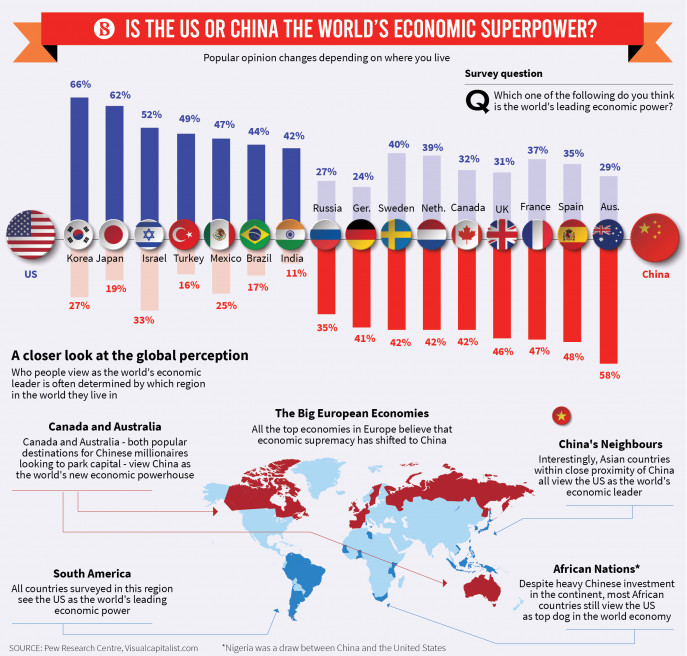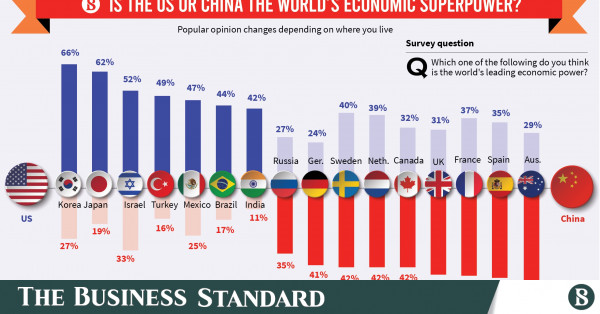The US is not interested in invading mainland China, their goals is to destroy and incapacitate the PLAN , humiliate Chinese leadership and let angry Chinese populace to do the rest.
True, so many CNese are jobless or earning merely 60 yuan (9usd ) per day. Of course many more become jobless after Evergrade collapse plus many CN thermal power plants closed due to losing profit.
We can't even see how CN can solves those serious problem, but our friend Beijingwalker still can't stop bragging as if CN is already the world’s economic superpower

Superpower with hundred millions people earning less than 9 usd per day

------------------------
China also has to figure out what to do with the 8.7 million students graduating from college, the largest class on record. And it must ensure there are sustainable options for the hundreds of millions of migrant laborers and informal workers who were, and still are, the most poorly represented people in the official unemployment rate.
In a village near the Yangtze River in landlocked Anhui province, Yu Deping is still out of work, and broke. An electrician, Mr. Yu returned home from Beijing in January to celebrate the Lunar New Year with his family. The epidemic made it impossible to go back to the capital, and then his wife became sick, depleting the family's savings.
Stuck in a place surrounded by rice paddies and fish ponds, Mr. Yu is almost certainly not reflected in China's unemployment data, which don't capture many migrant workers because only urban residents are surveyed.
With two children and 17,000 yuan ($2,400) in loans from relatives to pay off, he recently got a bit of work doing apartment renovations in a nearby county, but his boss can't guarantee steady work. Heading back to Beijing isn't a great option, given the weak economy.
"It's no 100% guarantee you can easily get a job in the city," he said.
The data
Getting a precise read on China's jobs situation has always been hard. For years, Beijing relied mainly on people voluntarily disclosing their unemployment.
In 2018, the statistics bureau began releasing a national urban unemployment rate based on surveys in more than 600 cities. The bureau said the new data would bring China in line with international standards and help the government better manage the economy.
The data have important omissions, economists say. They don't include migrant workers who were once employed in cities but returned home for various reasons. It is assumed that most of the country's roughly 174 million migrant laborers who work away from home have farms they can fall back on if they lose their city jobs -- as many did this year -- and therefore don't need to be counted as unemployed.
Nor do the data include people in cities who are forced to work fewer hours than they'd like, or who have had pay cuts.
The official U.S. unemployment rate hit 14.7% in April, the highest level since data began in 1948. In May, employers added 2.5 million jobs -- the most in a single month since 1948 -- and the unemployment rate fell to 13.3%. U.S. data don't capture all of the people who are underemployed or who have given up looking for work.
But unlike China, the U.S. counts as unemployed some people not working any hours even while technically employed. The U.S. also has a wider array of monthly statistics than China does to reflect such people.
Chen Xingdong, a China economist at BNP Paribas, estimates that once everyone is factored in,
as many as 132 million Chinese workers were at one point unemployed, temporarily displaced or furloughed this year -- or about 30% of China's urban workforce. He says it is fair to count displaced migrants as unemployed because farming isn't really viable for many of them once they have ventured out into cities.
"From an economic point of view, I don't think those people will work on the land," Mr. Chen said. "I see them as having no income, no job."
Feng Weibing, a 51-year-old who has been struggling to find work on interior-decoration projects in Beijing, agrees. While he has land in rural Jiangsu province, he said, "There is no way we can make a living as farmers."
"The average cost for us in Jiangsu is around 100 yuan ($14) a day, but as a farmer, you can only earn about 60 yuan a day," he said. He is sticking it out in Beijing, hoping conditions will improve.
As China's employment situation deteriorated this year, Chinese officials provided a one-time set of figures on people who were employed but not really working, though they didn't elaborate on how the information was gathered. The statistics bureau said 3.5% of people in cities were "employed but not working" in April, down from 18.3% in March.
Most economists believe the number of people unwillingly working part time is likely greater, or not captured in this data.
In central Hubei province, 31-year-old Chen Xiaomo said her tea shop inside a scenic site near the Three Gorges Dam had suffered a dearth of visitors since the coronavirus spread. No longer able to turn a profit, Ms. Chen decided to close her store for half the week rather than operate full-time.
"The whole site here used to provide income for the local community," she said. "Compared to before, it is night and day."
The situation is also affecting higher-income families. In Beijing, 36-year-old Fang Yin said she gave up on finding work this April when an internet firm she worked for downsized. Trying to find a new job in an economic downtown felt futile, she said
The U.S., reeling from the coronavirus, has suffered its worst surge in unemployment since the Great Depression. By contrast, the pandemic has barely touched...

www.marketwatch.com


 www.tbsnews.net
www.tbsnews.net



















